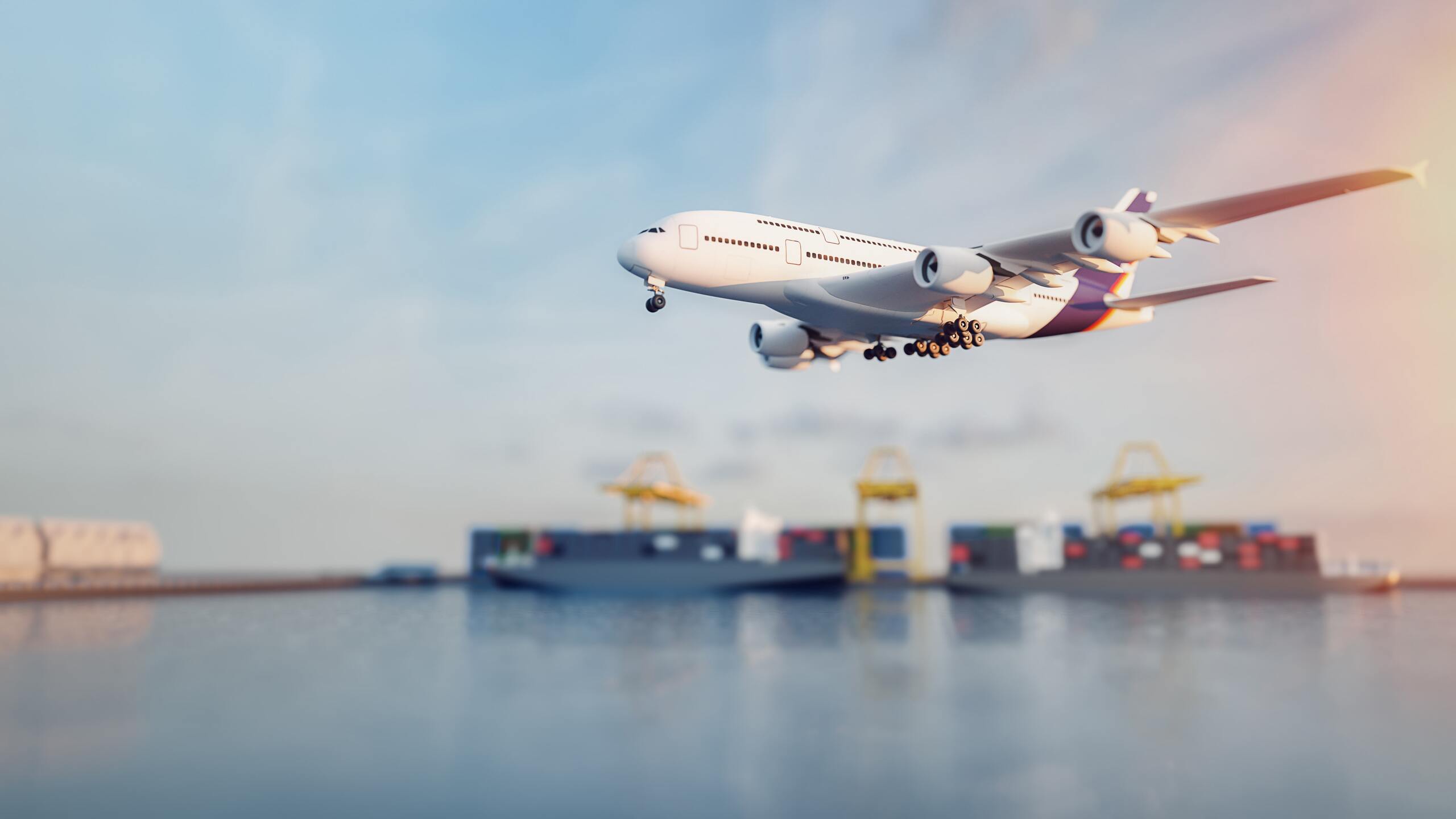Flying on a private plane is a luxurious and exclusive experience. Private airplanes offer many advantages over commercial airlines, including greater flexibility, convenience, and privacy. One of the most common questions about private jet charter is how high they can fly. This blog post will explore the maximum altitude private aircraft can fly, how high they fly compared to commercial airlines, and why private planes fly at high altitudes.
What is the Highest at Which a Plane Can Fly?
The maximum altitude a plane can fly is largely determined by the type of plane and its capabilities. Generally speaking, most private aircraft can fly up to 45,000 feet (13,716 meters) above sea level, the typical ceiling for small to mid-sized jets. However, larger and more advanced planes, such as the Gulfstream G650ER or the Bombardier Global 7500, can fly up to 51,000 feet (15,545 meters) or higher.
It is important to note that the altitude at which a private aircraft can fly is limited by several factors, including the plane’s weight, speed, and engine power. As a result, some planes may be limited to flying at lower altitudes, such as 30,000 feet (9,144 meters), particularly if they are carrying a heavier load or flying in adverse weather conditions. Overall, the maximum altitude at which a private airplane can fly depends on various factors and may vary from plane to plane.
Private Vs. Commercial Aircraft, How High Do They Fly?
Private ones typically fly at higher altitudes than commercial airplanes. However, the actual altitude at which a private charter can fly depends on several factors, such as the type of plane, its weight, and its capabilities.
- Some of the most advanced planes, such as the Gulfstream G650, can fly at altitudes of up to 51,000 feet. This is possible due to their advanced technology and materials, which allow them to withstand lower air pressure and colder temperatures at high altitudes. However, most private ones typically fly at altitudes of around 41,000 to 45,000 feet.
- On the other hand, commercial airplanes are designed to fly at lower altitudes, where the air is denser and more stable. This is because most commercial planes are larger and heavier than private aircraft and are not equipped to withstand extreme conditions at high altitudes. Commercial planes typically fly at altitudes ranging from 30,000 to 40,000 feet, where they can maintain a stable cruising speed and fuel efficiency.
In summary, private planes generally fly at higher altitudes than commercial airplanes due to their smaller size, advanced technology, and greater capabilities.
What Causes Air Charter Service to Soar Higher
There are several reasons why private charters fly at high altitudes:
Stay away from air traffic
One of the primary reasons private planes fly at high altitudes is to avoid air traffic. By flying above commercial air traffic, private planes can travel faster and more efficiently without the need to navigate around other planes. This can save time and reduce the risk of collisions.
Preventing weather-related events
Private planes can often fly above weather events such as thunderstorms, which can be a significant hazard for commercial airlines. Private planes can avoid turbulence and other weather-related disruptions by flying at high altitudes, resulting in a smoother and safer flight.
Fuel use optimization
Private planes can also fly at higher altitudes to optimize fuel usage. At high altitudes, the air is thinner, which means there is less resistance to the aircraft. This allows planes to fly faster and more efficiently, burning less fuel.
Increased Cruising Speeds
Flying at higher altitudes allows an air charter service to achieve faster cruising speeds. This is because the air is less dense at higher altitudes, so the aircraft has less drag. This can be particularly advantageous for long-distance flights, as it can significantly reduce travel time.
Landings in an emergency
Finally, flying at higher altitudes can provide private planes more time and options for emergency landings. In an engine failure or other emergency, a plane flying at a high altitude can potentially glide for longer distances, giving the pilot more time to find a safe landing spot.
Overall, flying at high altitudes provides private planes several advantages, including faster travel times, greater fuel efficiency, and increased safety.
Is a Private Jet Flied High Enough to Prevent Turbulence?
Turbulence is a common concern for many air travelers, including those flying on private planes. While private planes generally fly at higher altitudes to avoid turbulence, it is not always possible to completely avoid it.
Private planes are equipped with advanced technology to detect and avoid turbulence. This technology includes weather radar, which helps pilots anticipate and avoid turbulence. In addition, private planes often have access to more up-to-date weather information than commercial airlines, allowing them to make more informed decisions about flight paths and altitudes.
However, it is important to note that turbulence can occur at any altitude and sometimes be unpredictable. Even with advanced technology and weather forecasting, pilots may encounter unexpected turbulence. In these situations, pilots are trained to safely navigate through turbulence and ensure the safety of their passengers.
Overall, while private planes fly at higher altitudes to avoid turbulence, it is impossible to avoid it completely. However, the advanced technology and training of private plane pilots help to ensure a safe and comfortable flight for passengers.
Conclusion
In conclusion, a private jet can fly at much higher altitudes than commercial airlines, allowing them to avoid air traffic and weather events, optimize fuel usage and cruising speeds, and provide greater options in case of emergency. While turbulence may still occur at high altitudes, flying at these heights offers a more comfortable and luxurious flying experience.
Read More


